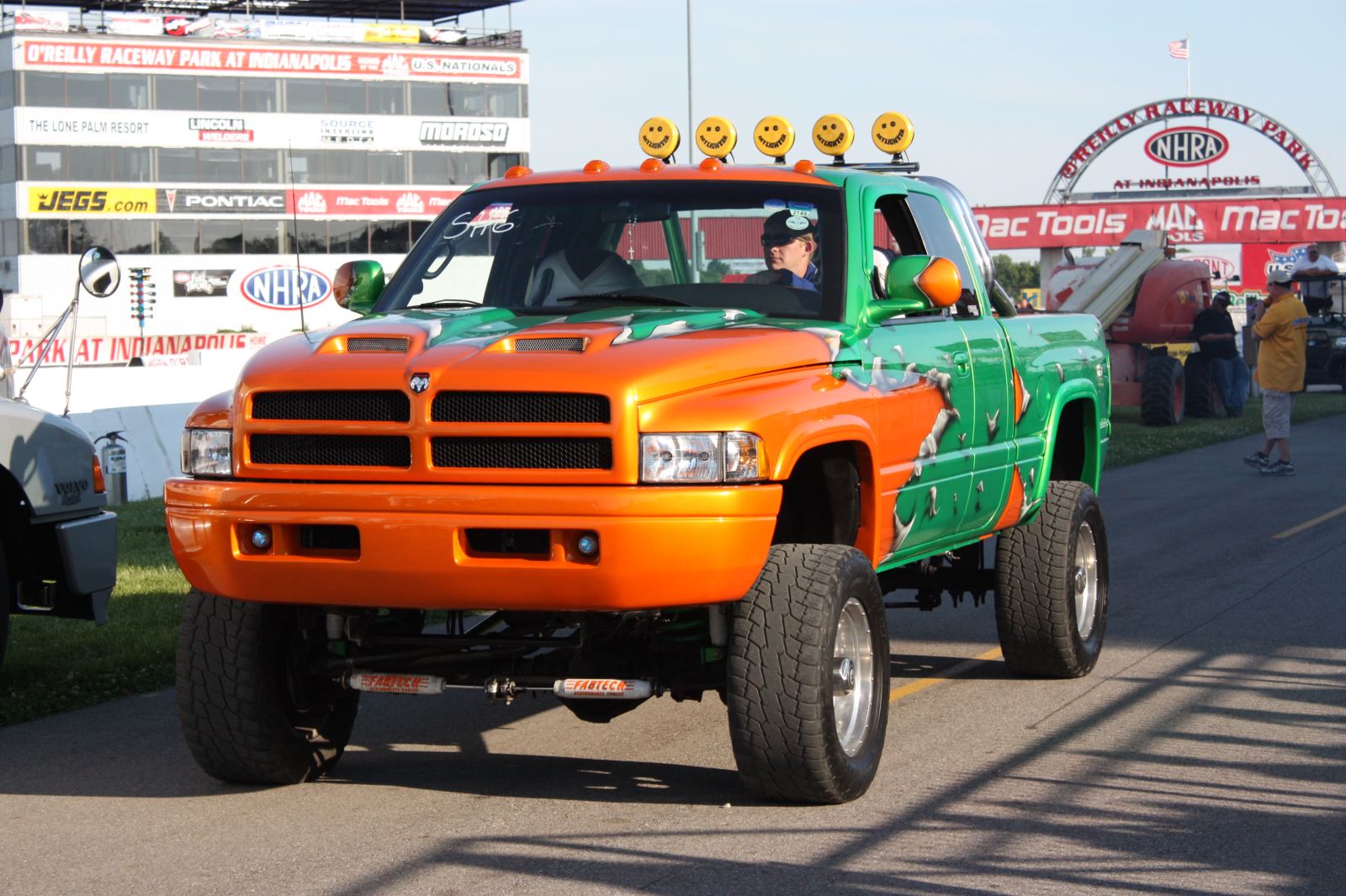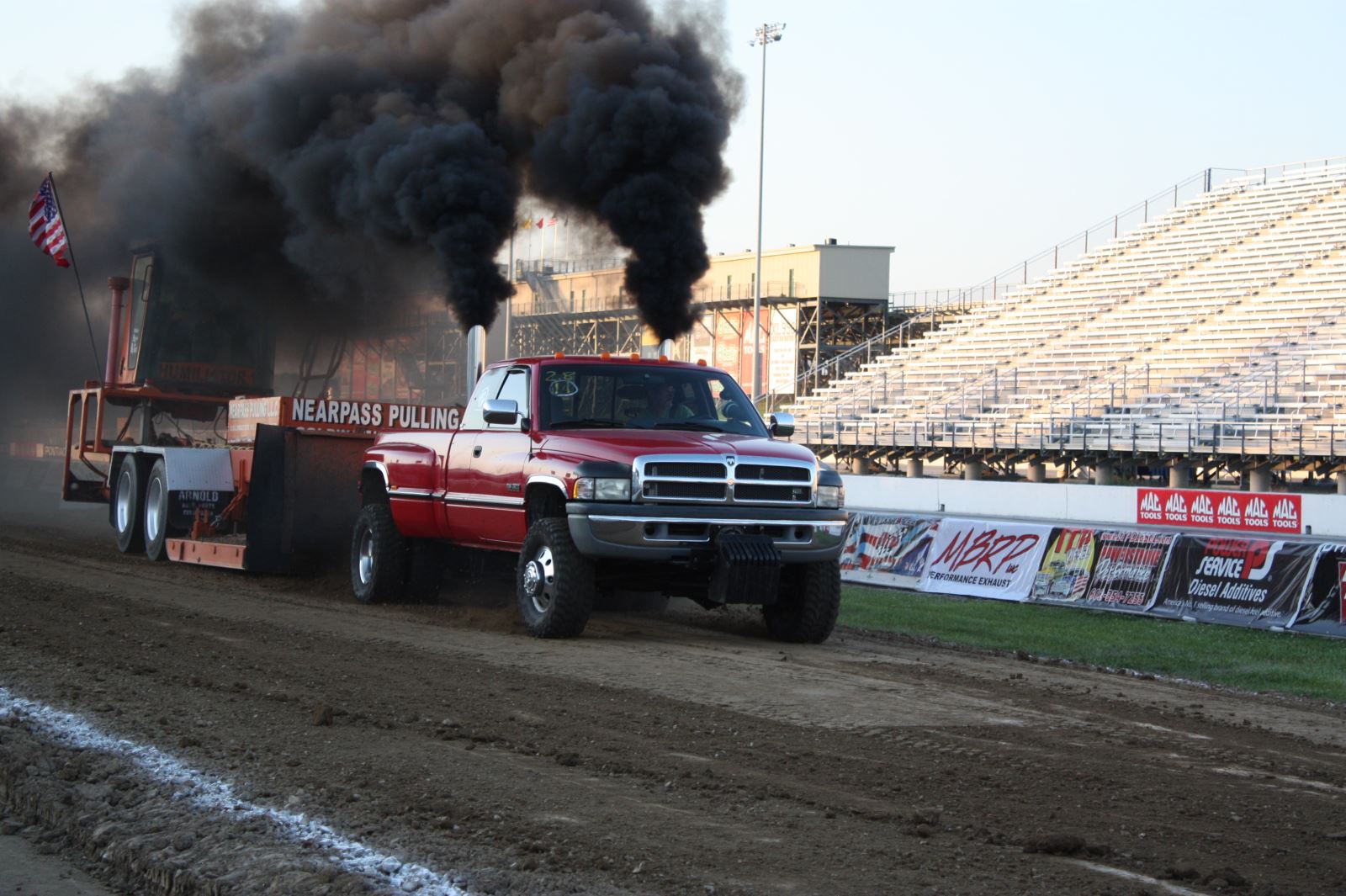How much power your truck makes is the ultimate measuring stick for how cool your truck is. But there’s more to it than simply showing off a big number. For a lot of us, we actually put these trucks to use and want to get the most out of our rig’s capabilities. It seems like there’s always something standing in the way of power gains. Sometimes it’s something intangible, sometimes it’s a little more concrete. We wanted to get to the bottom of it, so we’ve decided to start a new series of columns examining what it takes to break through those barriers and get those sweet, sweet power gains. Welcome to Horsepower Roadblocks (name subject to change if we decide on something cooler).
In our experience, looking for ways to improve your horsepower is a lot like looking for ways to get better at the gym: for every person you ask, you’ll get a different answer than the last. (Seriously, don’t ask for gym advice on the internet. Trust us.) Even at the same shop the different techs can have wildly different ideas when it comes to the best way to make your truck more powerful. What we’re going for with this feature is consensus; we’re trying to find the good baseline things that everybody should do to get better. We’re going to split things up by manufacturer, and sometimes even by the exact engine type.

History Lesson
To kick things off, we’re going to start with the oldest engine of the bunch and the smallest engine by displacement. It’s also the one with the reputation for being a power house: the 5.9L Cummins. The 5.9 is commonly referred to as a B series engine. This refers to cylinder displacement, where each cylinder is almost one liter. There are two common versions of the B series engine, the 5.9L six-cylinder and the 3.9L four-cylinder. The 5.9L Cummins made its way into the light duty truck segment in 1989 thanks to Dodge. The engine was a 12-valve engine with a piston-driven injection pump, commonly referred to as a P-pump. These engines were rated at a modest 160hp and 400 lb/ft of torque. In the late nineties, around 1998, Dodge introduced the next version of the 5.9L Cummins, today referred to today as the ISB (Interact System B) series.
The ISB had a new head design with 24 valves and no longer used a P-pump. Instead, a new electronically-controlled rotary injection pump called a VP44 was used. These engines were rated at 235hp and 460 lb/ft of torque. Over the next few years as the diesel horsepower wars started to emerge, Dodge and Cummins revised the ISB for the 2003 model year and came out with a fully computerized common-rail diesel.
In older traditional fuel systems, each injector had a dedicated fuel line that ran from the injection pump to the injector. When a given amount of fuel pressure was applied, the injector would automatically fire. In this new common rail system, all of the injectors received the same amount of fuel pressure and the injectors were fired electronically. The injection pump has been replaced with a high-pressure fuel pump called a CP3. The common rail engines were introduced in two versions (standard and high output). The standard common rail had 250hp and 460 lb/ft of torque, while the high-output engine had 305hp and 555 lb/ft of torque. These engines have been well received in today’s market and Dodge along with Cummins has increased the output on these engines quite frequently.

Barrier Number One: 500 Horsepower
Since the common rail diesels are pretty common (no pun intended) in today’s market, we’ll start there. To take your average work truck up to 500 horsepower, the intake and exhaust are usually the first things to be changed in favor of one that flows much better.
There are two common sizes of exhausts for these trucks: 4 inches and 5 inches. Industrial Injection recommends a 4-inch exhaust for applications all the way up to around 800 horsepower. At that power level, a 5-inch exhaust becomes a necessity. The exception to that is if the turbocharger output calls for a 5-inch flange.
After upgrading the intake and exhaust the next obstacle to overcome is the factory programming. A good programmer will alter the factory settings and give the engine a lot of its needed power.
The last modification you need to make to reach 500hp is a set of injectors. Common-rail injectors are capable of supporting mid-400 horsepower levels but above that they become an issue.
The stock turbo can support 500hp but the exhaust gas temperatures get out of control which will cause damage over long-term use. You should upgrade to a turbo that can flow about 1,000 cfm.
Additional things to consider upgrading are fuel system and transmission. The factory fuel system can support 500 horsepower but the transmission will not hold. The factory transmission has problems keeping up with a stock engine, and almost doubling the power output will certainly cause problems.
It’s a good idea to upgrade the input shaft to billet, increase the clutch capacity in the front drum, modify the valve body, change the friction material, tighten up the tolerances, upgrade the bands, change the torque converter to a triple disk and change the accumulator and servo out for billet ones.